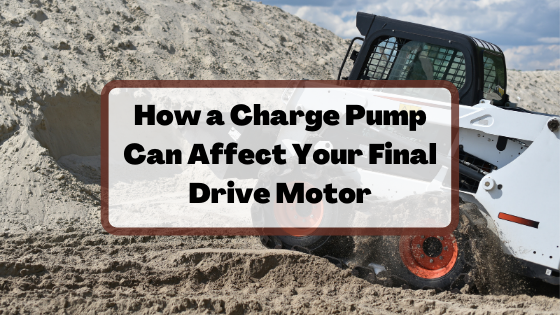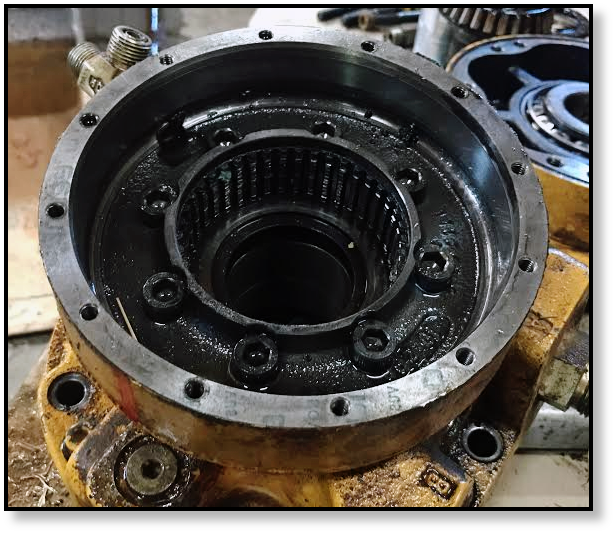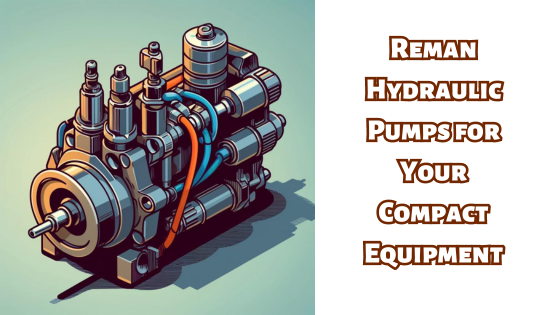How a Charge Pump Can Affect Your Final Drive Motor
Posted by Dr. Sara McCaslin on Jan 21st 2021
What you may think is an issue with your final drive motor could actually be a weak charge pump ... Read on to learn more!

Here are a few other posts you might find helpful:
What Are Charge Pumps?
Charge pumps can be used for many different things in a hydraulic system:
- Replenish any fluid that is lost from the transmission loop because of volumetric inefficiencies in the pump and drive motors
- Maintain pressure for continuous lubrication of the rotating group in the pump or motors
- Provide a flow and pressure source for activation of pump servo controls or for auxiliary functions (e.g., parking break release)
- Supply make-up fluid to compensate for any compression of the hydraulic fluid resulting from loads
- Compensate flow and pressure for any expansion of hydraulic pipes and hoses in the transmission loop and conductor (pipe/hose)
- Maintain pressure on the low pressure side of the loop
When they're used with a final drive motor, charge pumps are most often used to release the brakes.
Charge Pumps and Braking Systems
The braking system / brake pack for a final drive has various parts, starting with a set of brake pack discs that hare staggered with teeth on the outside edge and teeth on the inside edge. These brake discs also have spacer plates between them. The teeth on the discs allow them to catch on the upper shaft of the final drive motor and on the brake housing. The brake piston engages and disengages the brakes based on pressure from the charge pump with assistance from a Belleville washer and the charge pump.
When the pressure drops, the brakes are engaged as the break piston falls and is forced against the brake disk pack, assisted by the Belleville washer. Friction is generated as the discs are compressed together and the teeth on the discs mesh with brake housing so that they cannot rotate. This means, in turn, they can't rotate with the upper drive shaft, thus forcing it to a stop.
Weak or Failed Charge Pump
When the charge pump can't generate the necessary pressure or fails altogether, the brakes can't release fully. If the brakes can't release, that affects the performance of the drive motor. If your drive motor seems to be weak, the real culprit could be the hydraulic charge pump. And if this problem is ignored, not only will your brake system be damaged to the point of needing repair, but it could lead to secondary damage of your final drive motor. Here's an example of what can happen if you ignore a weak charge pump. Here you can see a damaged brake housing off a Bobcat skid steer.

Conclusion
If your final drive motor(s) seems weak or has simply locked up, the source of the problem may not be the drive itself. Weak charge pumps can have a major impact on the functionality and performance of your final drives. Don't just assume the problem lies in the final drive, because if you replace the final drive without realizing the issue is the charge pump, you'll have the same set of problems all over again.








